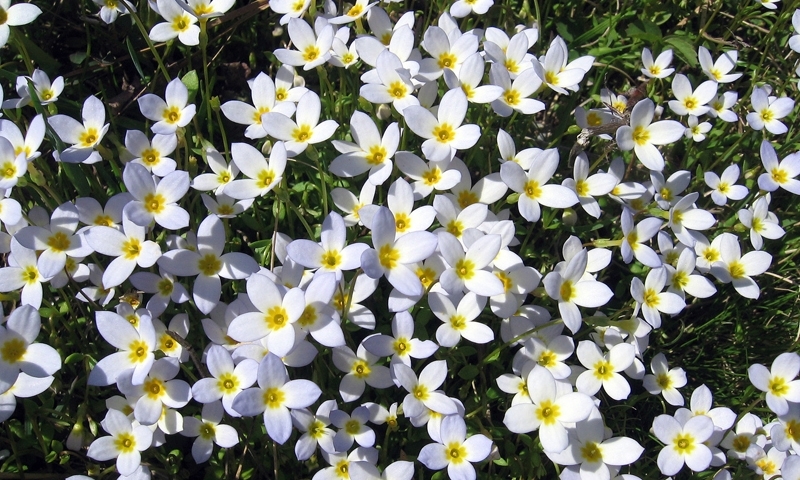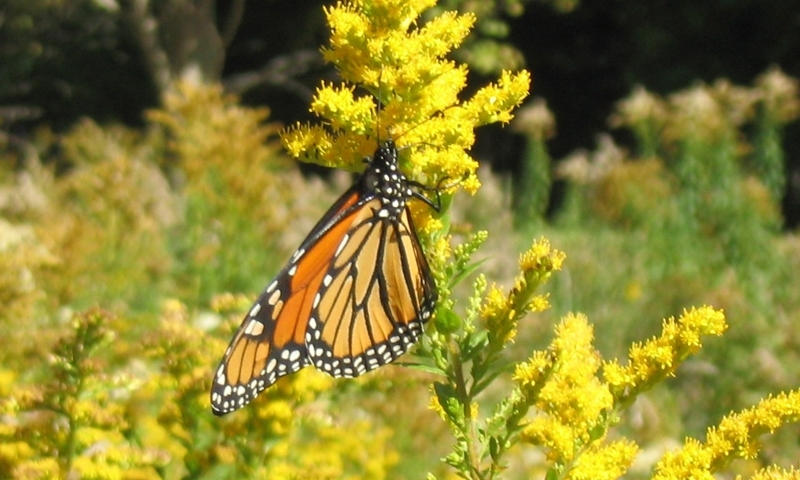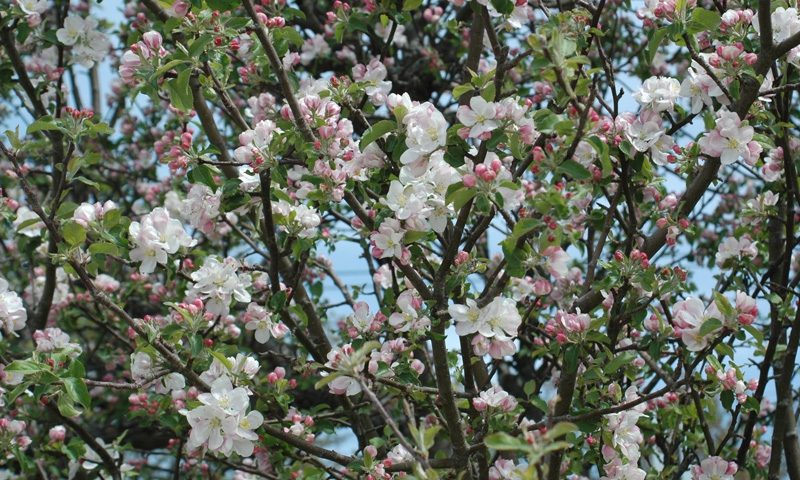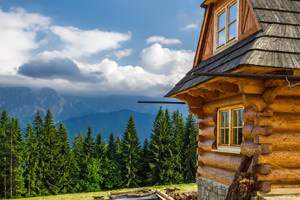- To preserve the ecosystem of Acadia National Park Remember to...
- Stay on Marked Trails
- Do not pick, harvest or deface plants or trees
- Place litter in trash cans located at all park shops, information and rest areas
- Learn and follow park rules, signs and directions of park rangers
- Enjoy the park and leave it as you found it for others to enjoy
Overview
Dramatic mountain ledges with stunted growth forests, granite outcrops and ridges are juxtaposed against rocky coastlines and sandy beaches, with a diversity of wetlands in the low-lying areas, lakes, ponds and streams, and varying forest habitats in between. Of the Parks Fauna and Flora, 25 are listed as endangered and about 25% are non-native.
Forest and Woodland Trails
The Forest Habitats include, Pitch-Pine woodlands, rocky woodlands with Black Spruce and Heaths, Mature Spruce and Fir forests that escaped the fire of ‘47, some dappled with mature Birch and Red Maple, and post-fire Aspen and Birch forests. Hardwood seepage forests are dominated by Ash and Yellow Birch rather than the more typical Red Maple and Spruce.
The flowers of the woodlands include Lily-of-the-Valley, Bluebead lily, Goldthread, Bunchberry, Aster, Goldenrod, and Starflower. All these are easily accessible by more than 125 miles of interconnected trails.
Coastal Beaches, Wetlands, and Fresh Water
Roseroot and Beach-Head Iris abound along the coastline. Dune grasslands can be seen at Sand Beach and along the oceans edge, exist many variations of marine algae and seaweed.
Other Wetlands include Big Heath, in Southwest Harbor, a coastal plateau bog, with Peat-lands featuring Black Crowberry and Deer-hair Sedge. Bogs are rich in Sphagnum Moss and Liverworts.
Stream-shores like Bass Harbor Marsh are a gradation from mixed salt-marsh to brackish tidal-marsh, to freshwater conditions of shrub-marsh. The Salt Water Marsh Walk at the Bar Harbor Oceanarium is a great way to see marsh plants on a guided tour. Great Meadow, in Bar Harbor contains fauna that can only grow in alluvial soil, like red maple–sensitive swamp ferns, and mixed graminoid grasses. Sieur De Monts Spring offers a cultivated and categorized Wild Garden that is a must see as well as the Hemlock ravine, and a forest wetland boardwalk.
Water Lilies are on common sight in fresh water. Lakes, Ponds and Streams are home to other aquatic species, of which seven are threatened and another thirty considered locally rare. Sedges, Grasses and Rushes make up 25% of all plants on the island.
Mountain Trails
Ecosystems of Sub-alpine Heath, stunted growth woodlands, Jack Pine and the full range of forest habitats can be found along mountain trails. Cadillac Mountain has varied vegetation habitats and concentrations of rare plants including Appalachian Fir-club-moss, Alpine Blueberry and smooth sandwort.
The Bubbles have Birch–Oak woodlands. Old Growth that escaped the ‘47 fire is found on the western side of Mount Desert Island such as Spruce – Fir – Broom-Moss forests. The Pitch-Pine woodlands are found along the Otter Creek Ledges. Acadia Mountain contains a variation of Pitch-Pine and Scrub-Oak. The St. Sauveur mountain trail holds a Red-Pine – White-Pine forest. Northern White Cedar can be found on some of the lower mountain slopes and are not documented anywhere else in Maine.








